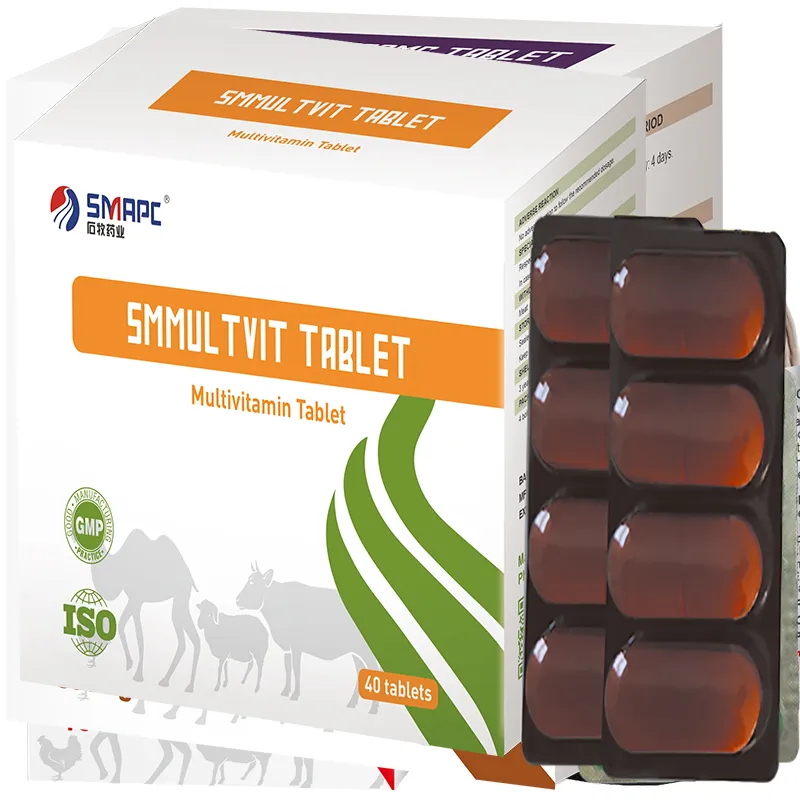5. Stay Calm and Patient Remember that your dog can sense your emotions. Staying calm and patient during the process will help ease their anxiety and make the experience less stressful for both of you.





